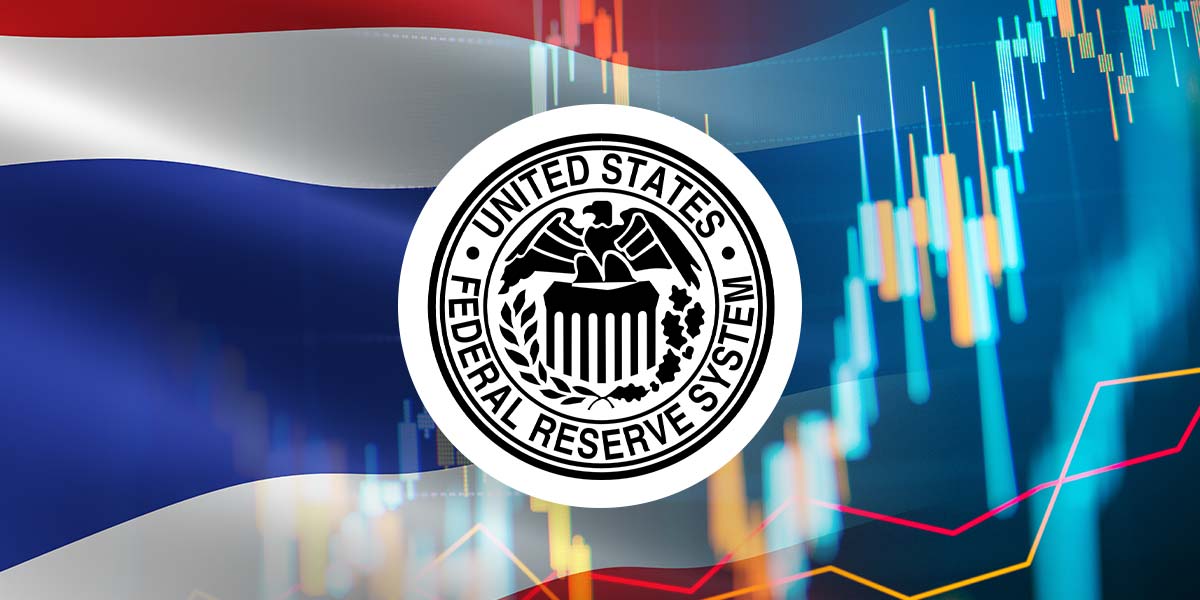Global stock markets often rally when the U.S. Federal Reserve lowers interest rates, as cheaper borrowing costs, improved liquidity, and a weaker dollar fuel investor optimism, driving equities higher across regions. With this backdrop and what Fed’s Waller has said could spur global stock markets on a larger scale than their fundamentals can support.
Federal Reserve Governor Christopher Waller reinforced his support for a potential interest rate reduction in September, citing recent signs of weakness in the U.S. labor market. Waller, who was among a minority on the Fed pushing for a cut during the central bank’s July policy meeting, noted that upcoming policy decisions would hinge on how economic conditions evolve in the coming months.
In 2024, Waller shifted from his hawkish stance as inflation began to moderate. He started to support the reduction of the federal funds rate, a move he saw as a necessary adjustment to a changing economic environment. Despite being the only two dissenting votes in July’s meeting, he continues to voice his opinion on lowering interest rates to prevent further deterioration in the U.S. economy.
While Waller acknowledged that new tariffs could temporarily boost inflation, he said that such effects are likely to fade within half a year. He anticipates inflation will resume its downward trajectory, ultimately moving closer to the Fed’s 2% target.
In July, The consumer price index (CPI) climbed by 0.2% for the month, following a 0.3% rise in June, matching analyst forecasts. On an annual basis, headline inflation held steady at 2.7%, mirroring June’s pace and falling just shy of the 2.8% consensus forecast gathered by Reuters.
Stripping out more unpredictable food and energy costs, the core CPI registered a 0.3% monthly gain—its most robust since January—after a 0.2% increase the prior month. The year-over-year core measure surged to 3.1% in July, up from 2.9% in June, as tariff-related cost pressures made their mark.
Given the cooling job market, Waller argued that the central bank should start to lower borrowing costs from the current range of 4.25% to 4.50% and gradually move toward a more neutral stance, which he estimates is around 3%. The pace of rate adjustments, he emphasized, will be guided by incoming economic data rather than any pre-set schedule.
“We could see multiple cuts, whether it’s every meeting or every other, we will need to see what data says. We don’t need to go in lock-sequence of rate cuts,” said Waller.
Waller also addressed speculation regarding future Fed leadership, clarifying that while he has previously communicated with U.S. Treasury Secretary Scott Bessent, he has not interviewed for the Fed chair position and has no meetings planned. According to sources cited by the Wall Street Journal, Bessent is preparing for a series of interviews related to the chairmanship beginning Friday.
Waller expressed the view that the central bank should begin rate cuts at its upcoming meeting and retain the flexibility to adjust subsequent moves based on evolving economic trends. He noted that, although there are ongoing concerns about inflation linked to tariffs, the coming quarters may see more than one reduction in the policy rate if conditions warrant.
According to CME FedWatch Tool, the market is pricing in 96% probability for a quarter-point rate cut in the meeting later this month. Markets are shifting between one or two more cuts in the remainder of this year’s meeting, which will be held in October and December.
If the U.S. Federal Reserve cuts interest rates (as discussed in your previous article), global investors may pour money into riskier markets—including Thailand—for better returns, regardless of Thailand’s own economic outlook.
Meanwhile, a falling dollar can boost emerging market stocks, even if nothing fundamentally changes locally. Thai baht has been very strong, moving around THB 32.3 per dollar, a huge appreciation from more than THB 37 per dollar in April last year.
This irrational exuberance could overshadow the real state of Thailand’s economy or performance of listed companies as market sentiment is driven by external factors.





